Located near the head of Lady Brook (marked as Ivy Tor Water on older copies of the OS map), this tinners’ mill is probably the smallest on Dartmoor. It is in a lovely location being amongst the many tinners’ workings on the west side of Cosdon Hill in an area also known as Queenie Meads. The features of the mill and associated leat embankment, wheelpit and two buddles are quite difficult to discern and the use of a plan is needed if making a visit. The exploration was inspired by finding a copy of a plan of the mill (titled “Ivy Tor Water Tinners’ Mill) in an old Dartmoor Magazine article by Dr Tom Greeves, who has conducted some superb industrial archeological research across the moor. Further research for this post was obtained from the Historic England website.
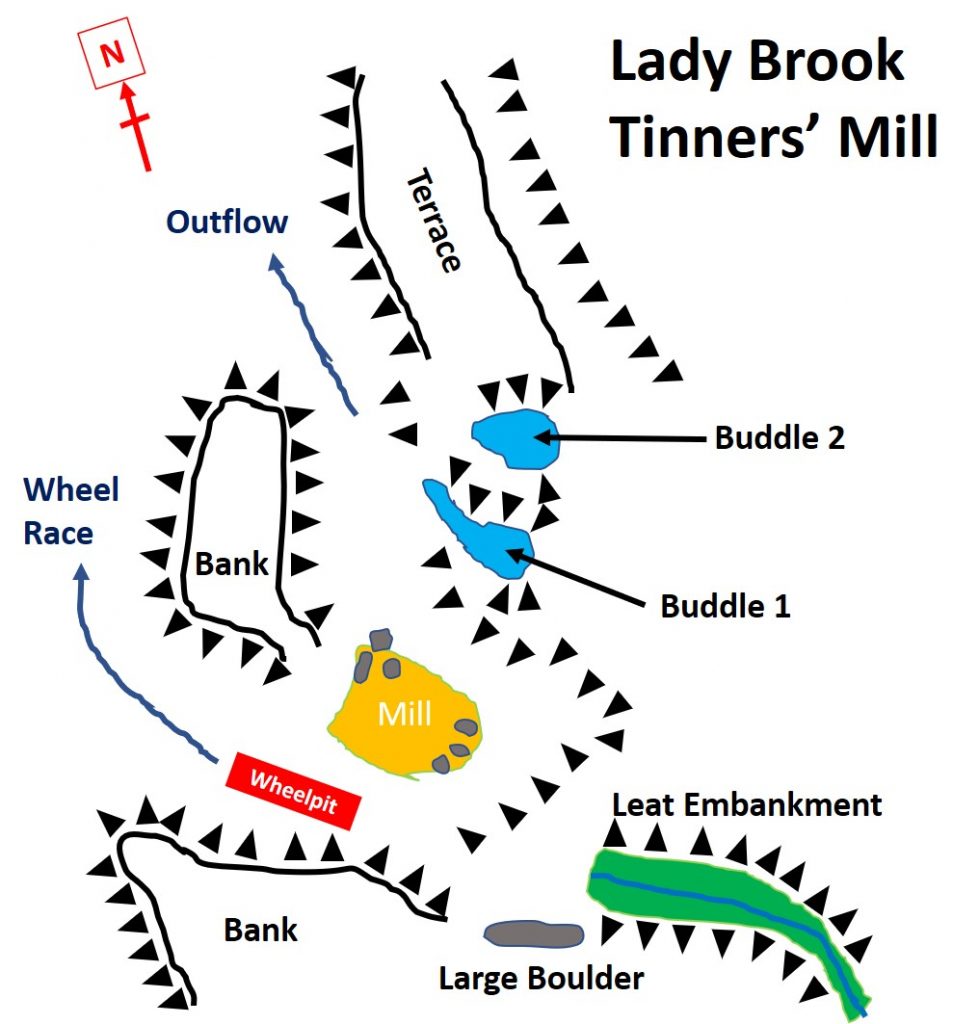

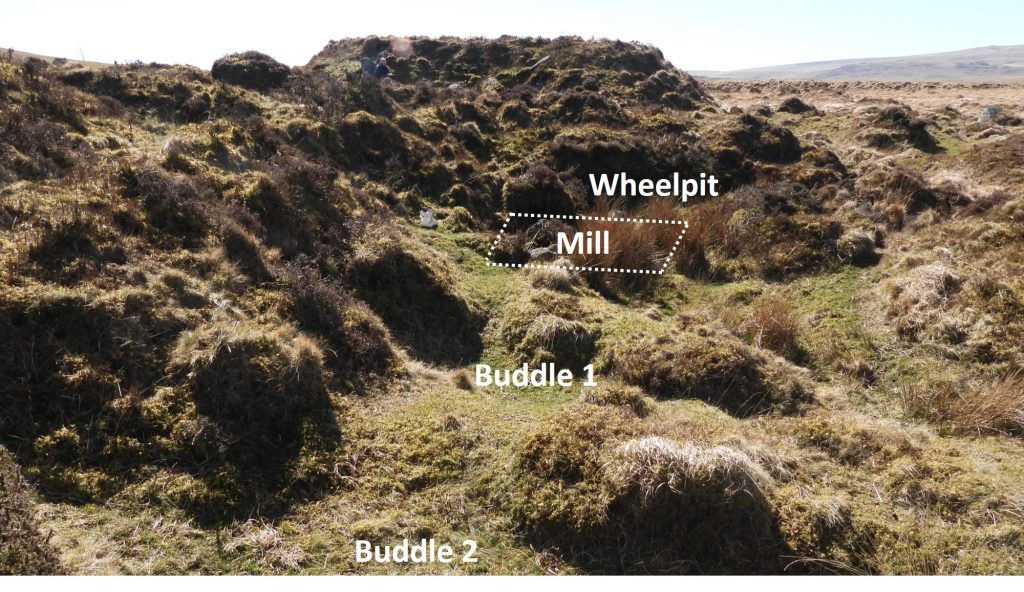

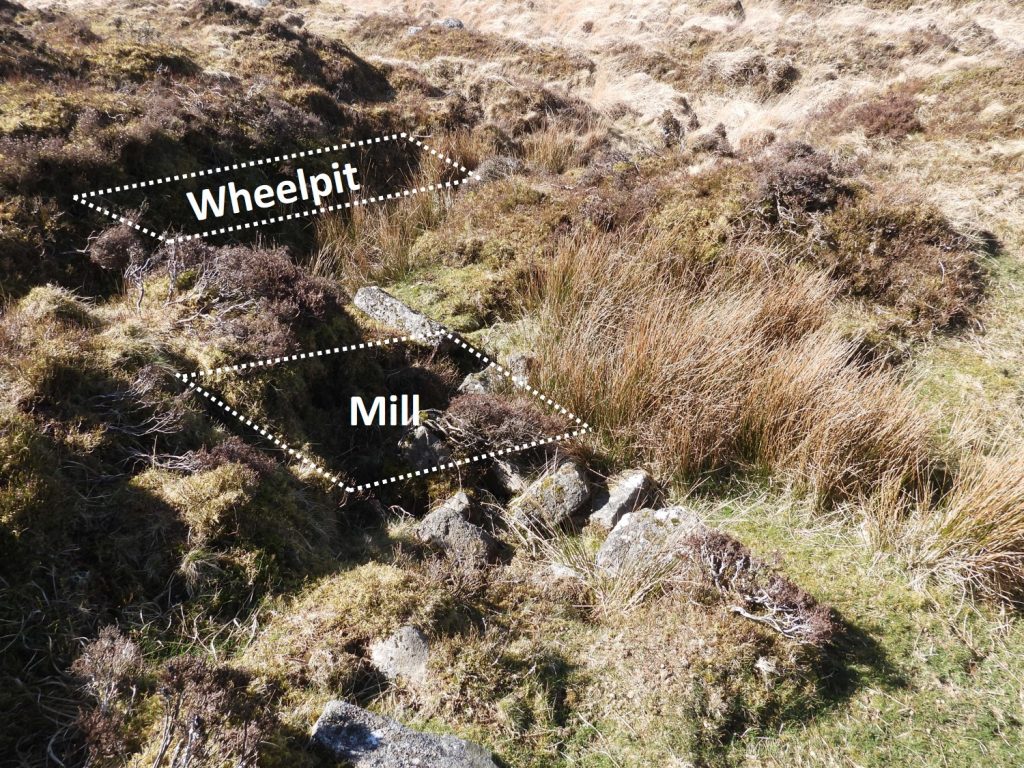
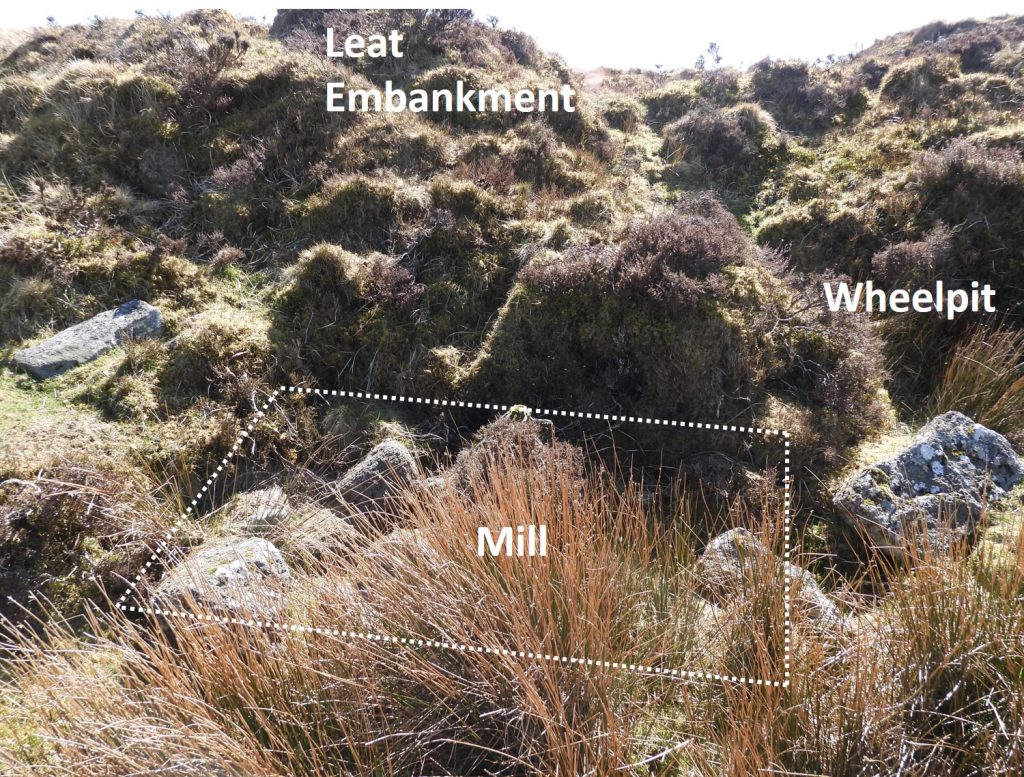
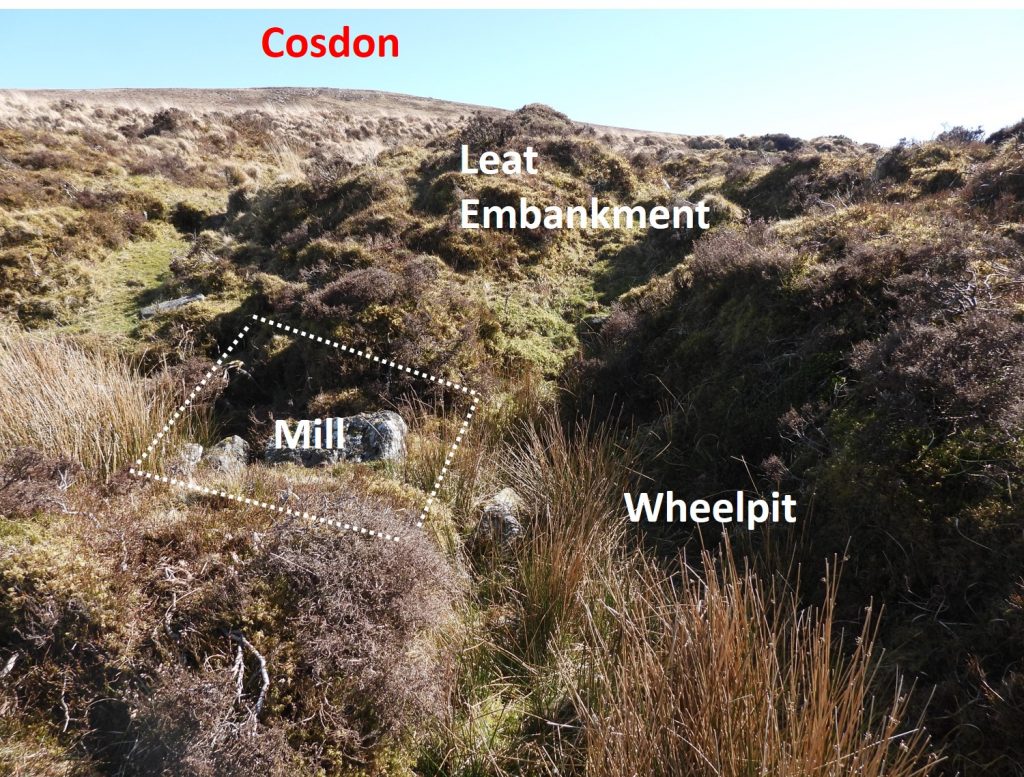
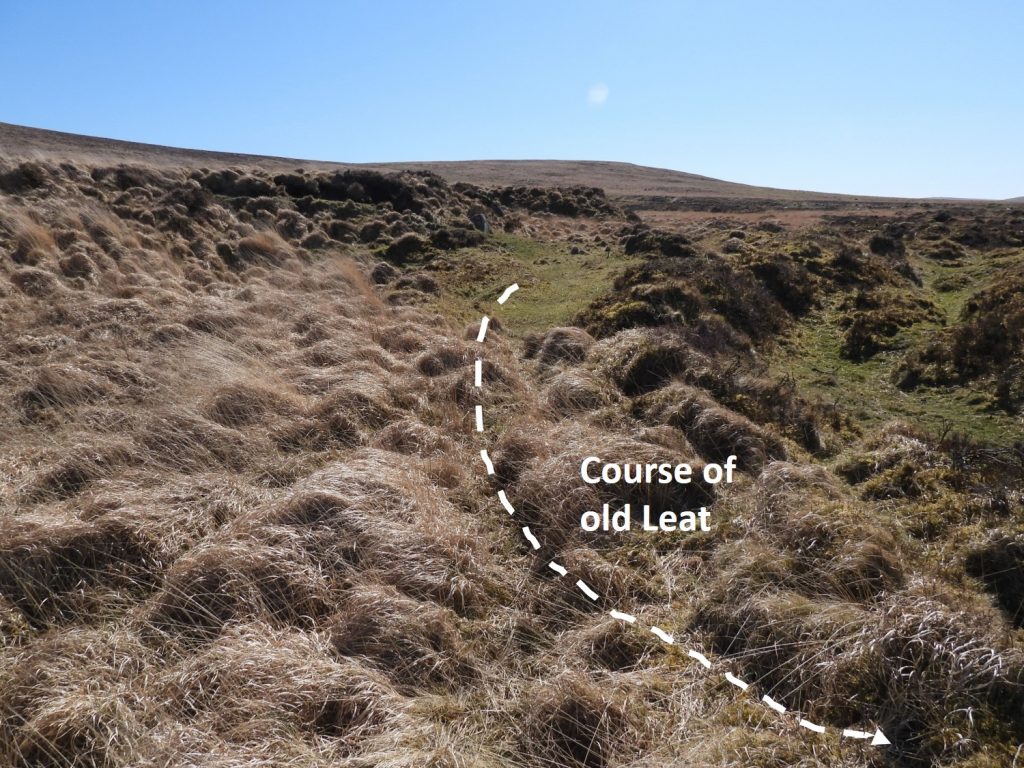
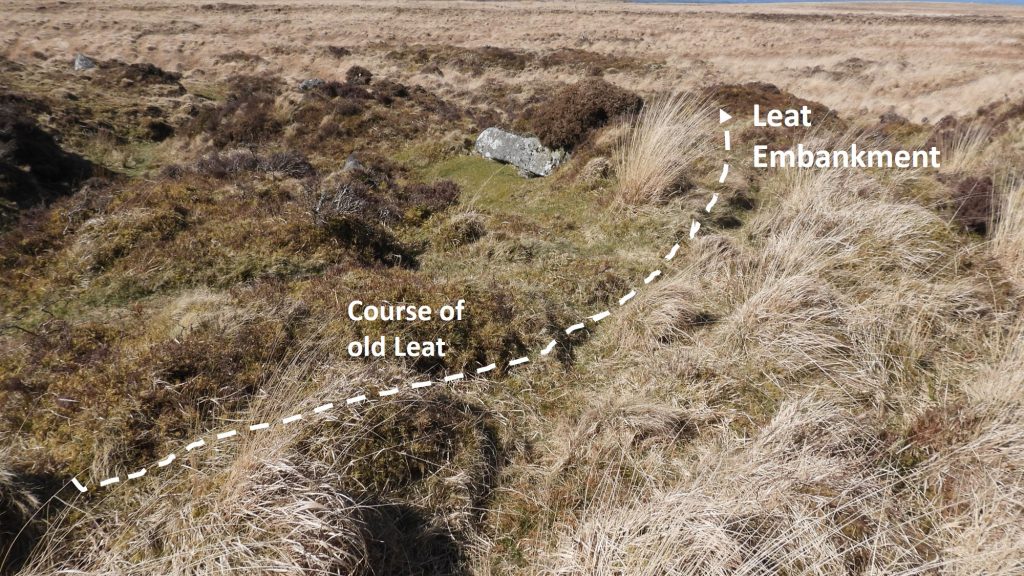


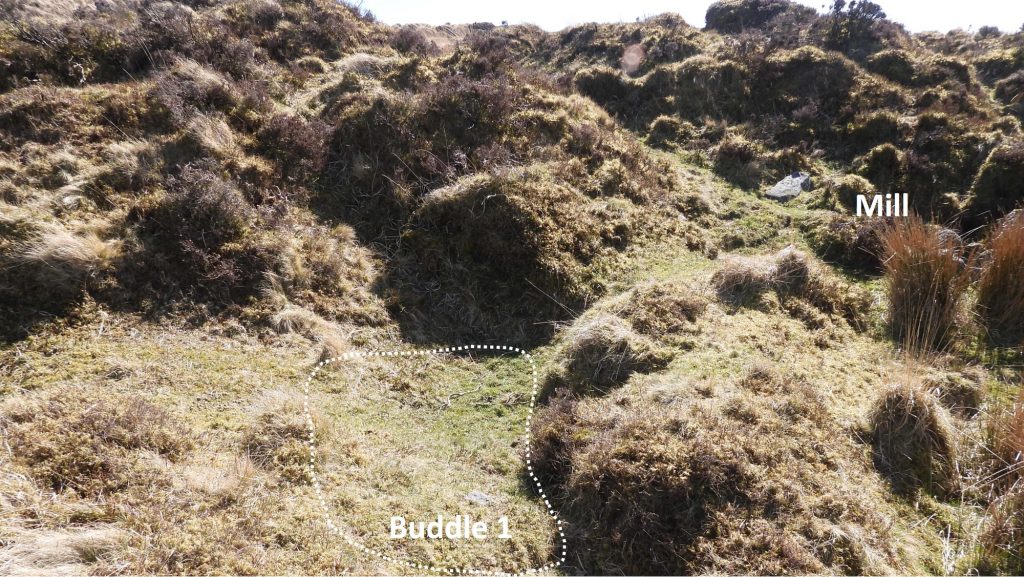


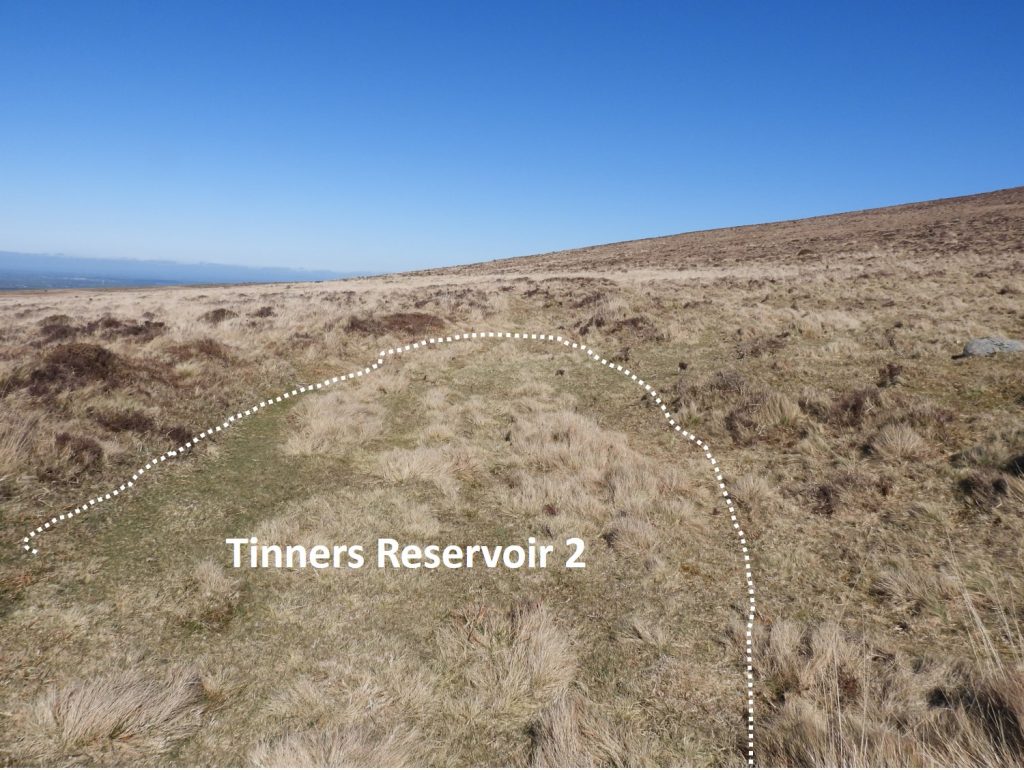

Mike Jeffery January 25, 2022
Brilliant photos and descriptions keep up the good work, I do a similar sort of thing for my own use.